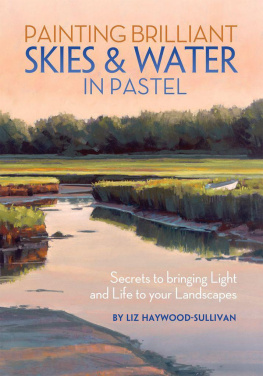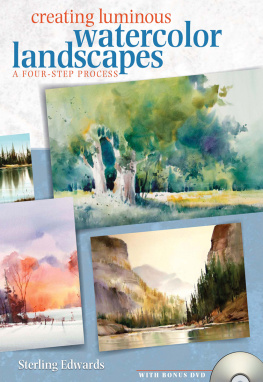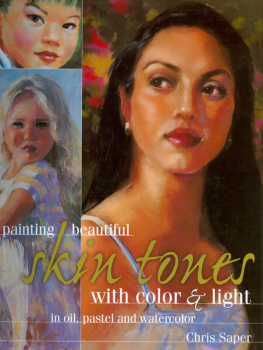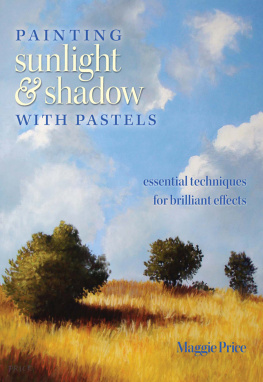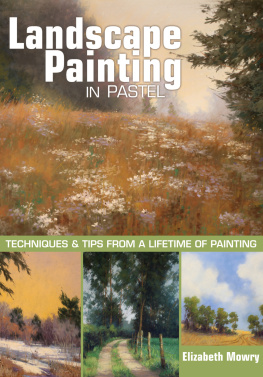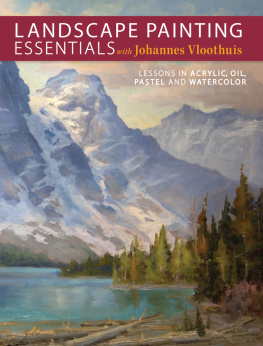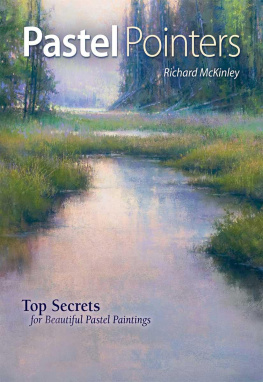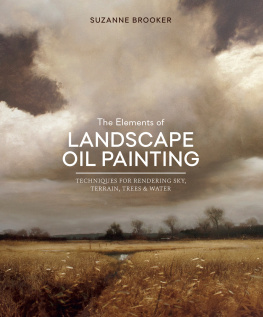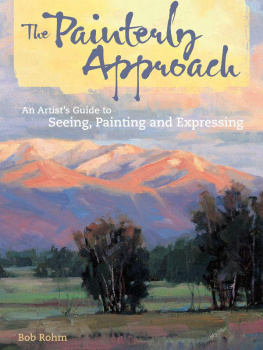PAINTING BRILLIANT SKIES AND WATER IN PASTEL

FIRE AND WATER
Pastel on black Mi-Tientes Canson touch sandpaper
20 28 (51cm 71cm)
LIZ HAYWOOD-SULLIVAN


DEPARTING DAY
Pastel on UART #500 sanded pastel paper
17 27 (43cm 68cm)
Contents
Introduction
Sky and water. Both are critical elements that artists have endeavored through the ages to faithfully reproduce in their landscapes. These two elements have extensive and varied characteristics and, as such, they are the exclusive subject of this book.
The sky is the most emotional aspect of a landscape. Even a small sliver of sky can indicate the nature of the weather or suggest the time of day, establishing the mood of a painting. Observing the countenance of the sky is like reading the expression on a face: A blue sky carries an optimistic outlook and dark-bottomed clouds signify foreboding and impending change.
Water enlivens a painting by bringing life and movement to the landscape with its currents, flowing lines, atmosphere, dancing light and fascinating reflections.
The sky has beckoned to me since I was a child watching the change of seasons through the character of the clouds passing above. Painting the sky was my first love, a subject that continuously showed up in my work. I thought it was my favorite subject until I noticed that, more subtly, water was often in my compositions as well.
This book explores the character of my two favorite subjects. It is illustrated with finished art as well as many step-by-step demonstrations that share my process, peeling away layer by layer how I produce a painting. A bit of science is included because I think you are a better artist when you understand what you are painting. If you can get into the character of your subject and become one with it, then that understanding will guide your hand, imbuing your painting with that innate essence we all strive to capture.
Enjoy learning a range of techniques, from how to paint a clear sky to the character of clouds and how to apply them over the sky. Learn to see the different layers of transparency in water and the nature of reflections. Youll also find examples of ways to do things and what not to do. If there is one concept that I wish you take away from this book, it is thisas important as it is to technically understand your subject, your powers of observation are to be trusted. You need to paint what you see, not what you think. Enjoy!

JUBILEE
Pastel on Wallis sanded paper
24 18 (61cm 46cm)
The Importance of Sky in the Landscape
Since the sky is the source of light in a landscape painting, it is critical to spend time observing it, understanding it and learning how to get it right. We cant paint without light because it creates the very forms we paint. The sky not only gives us quality of light (bright, muted), quantity of light (dusk, daytime, night), but it also gives us location of light (direct, cast, reflected) and angle of light (time of day and year).
FOCUSED OBSERVATION
Learning about the sky doesnt mean just taking pictures of a riveting sunset to paint at a later date. To really learn about the sky, you need to spend quality time looking at it. Observe it from different points of view. Try looking at the sky and landscape by comparing them as shapes of value, or look at clouds by seeing the negative space around them as opposed to the shapes of the clouds themselves. Look at the relationship between sky and treetops when you have the sun behind you, and then turn around and see the difference in this value relationship when the scene is backlit. Observe the color change from the blue sky above you to the sky at the horizon. Does the value change as you turn around and the sun is in different locations? Also, really slow down and look at clouds. Bring out your sketchbook and try to capture the gesture of the clouds moving through the sky. Learn how to grab their movement in a few strokes and then slow down to draw some details of the value relationships and forms in an individual cloud.
A REVEALING EXERCISE
A great way to learn about light and color is to choose a color in the environment and ask yourself, If I were to draw this, which paint would I pick? I started doing this as a child when I was fascinated with the color of snow in waning light (it was purple!) and I continue looking at light in the same way to this very day.
Do this with your plein air setupnot doing an actual painting, but just looking at a spot and then trying to match the color on a piece of paper. What you will find is that the values and colors you think you are seeing are often quite off! Colors are stronger and more vibrant, and there is more color in both lights and shadows.
THE BOTTOM LINE
The sky provides the setting for your painting. It provides the light for your subjects, it produces the mood, and gives you clues as to location, time of day and time of year. It can be the entire painting as in a depiction of a stunning sunset, or it can be a sliver of muted light poking through the trees. It can even be absent but still providing reflected light to illuminate the side of a house. The sky defines the shapes we paint and the values we struggle to capture.

GOLDEN GLOW
16 16 (41cm 41cm)

ON A CLEAR DAY YOU CAN SEE FOR MILES
Pastel on UART #500 sanded pastel paper
40 27 (102cm 69cm)
Where Sky and Land Meet
Nailing the value relationship where the sky and land touch is vital in a landscape painting. If this relationship is off, then the painting will never look right. The values of these two elements are the basis for all other value judgments you make throughout. It is therefore important to get these two values to work together from the very beginning of a painting. The easiest way to see these values is to squint!

WrongClouds Dont Recede
The value relationship where the sky and mountains touch is correct, but the sky stays the same value and color throughout, instead of transitioning to a darker value towards the top. Also, the clouds are pretty much the same size from top to bottom. As clouds recede, they should get smaller and flatter.

